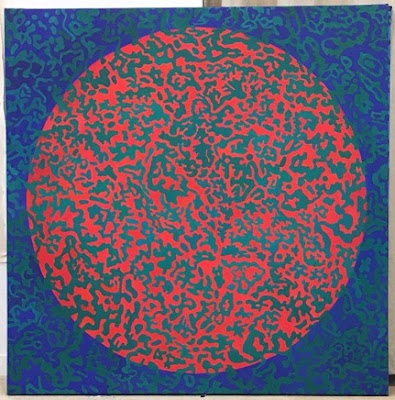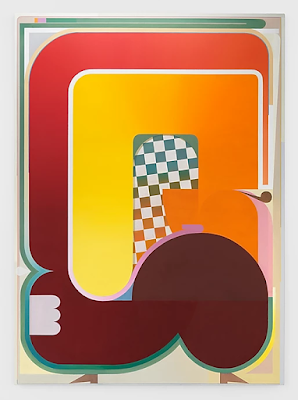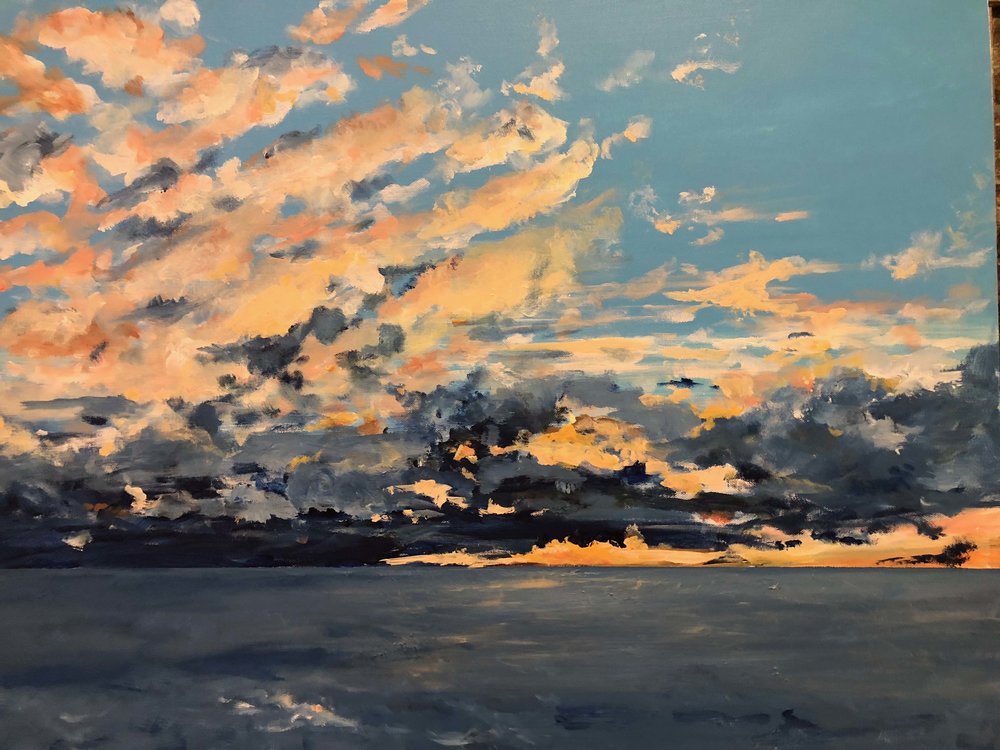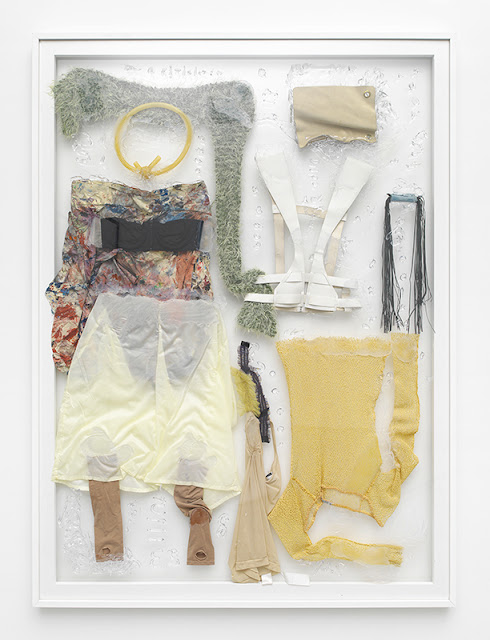GOING DEEP: TRACKING CONSCIOUSNESS WITH DEE SOLIN

The world as we know it has changed so much in the last 20 years. The technological advancements we expected have for the most part come to pass, and we are living in a highly charged world where the search for meaning has become extremely elusive. Those looking for personal meaning cannot help but become mired in the complexities of contemporary society, which has become thoroughly enmeshed in systems of communication, politics, and issues relating to ethnic and sexual conflict that distract us from the greater importance of our lives. In 2020 we are facing the most profound challenges to our existence. Coronavirus has affected every aspect of our lives. With culture supposedly frozen in order to slow the surge in virus cases, how does consciousness develop? We are now more self-conscious of who and what we are than we ever were before. Our newfound stasis has produced a circumstance perfect for the reevaluation of the concept of consciousness. Dee Solin has chosen this interval as




